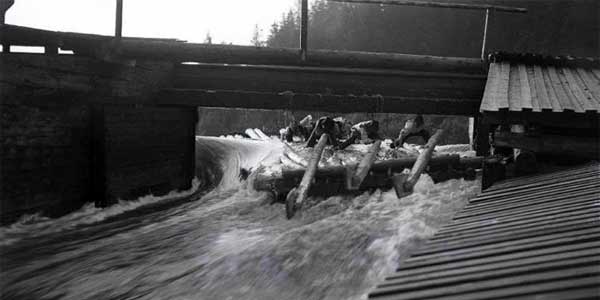 19.04.2018
History of forest alloy in Carpathians
19.04.2018
History of forest alloy in CarpathiansThe history of industrial alloy of Carpathian Forest on Carpathian turbulent flows originated in the mid-nineteenth century. For this, in the top part of Carpathian rivers White and Black Cheremosh Austrian authorities and private capital began to build small reservoirs (klyavzy), from which specifically poured water there was running down, filling the channel and floating thrown there the logs of wood. Near Kuty village at so-called “reshitka” (grate) this wood was detained and put up in rafts, which are called by hutsuls darabi, raft pushers led them to Bukovina.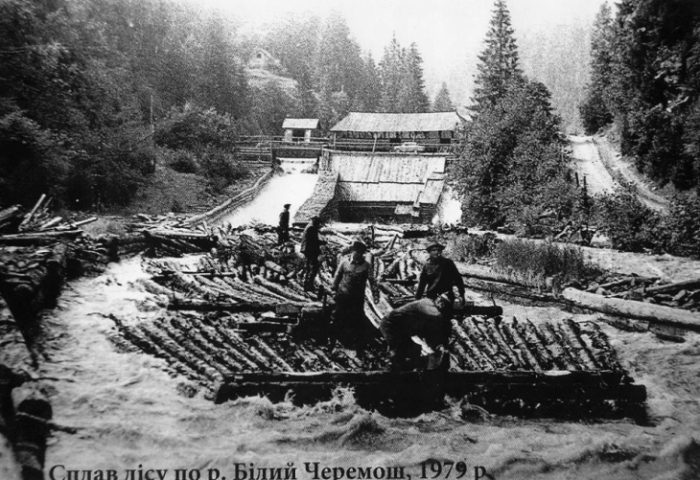
At the beginning of the XX century at upper part of Black and White Cheremosh large reservoirs began to be build, where hacked logs from the forest were dragged to. This reservoir was more practical by that running water put up the level in mainstream for a while, and just at that time raft pushers could easily float rafts. But before that it was necessary arrange a mainstream and banks of the river, clean from stones and rocks. Since then, the alloy of forest of the deepest Hutsul mountains was held only by the help of connected rafts. It was a great river road, which stretched for over 200 km.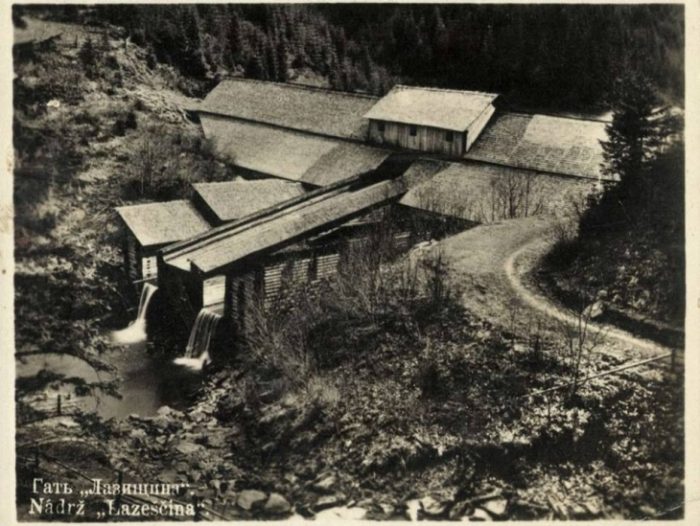
The efficiency of alloys, primarily depended on the professional adroitness of rafter, whom hutsuls called leaders. He had to know perfectly every turn of the river, nearly every rock on the way and, of course, have a fair courage. In the other case, floatable forest, while being detained at some obstacle, created a wooden jam and stopper which hutsuls called dam, hence everything got delayed. The subsequent rafts came one by one and it took several to several dozens days to disassemble rafts and knit them again.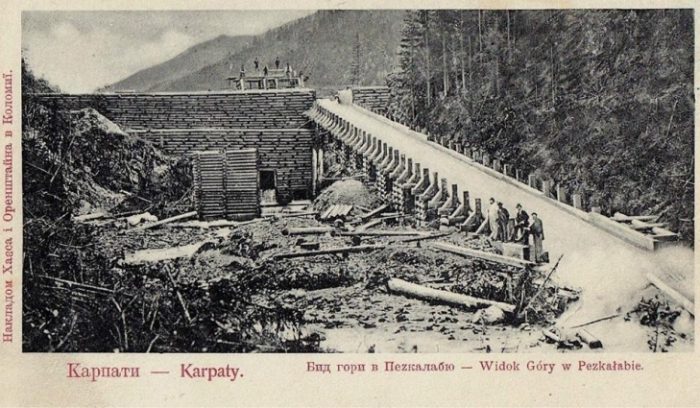
Passage on the extremely complex waterway from the headwaters of both Cheremoshs to the place of their confluence in the Prut, at best, in the absence of force majeure lasted at least for two days, although shorter routes were overcome in one light day. And all it was in constant motion, with no rest and break, stops for lunch or smoke and in constant tension. Darabs contacted two layers of logs, and during the alloy the lower one got erased by stones that sometimes only half of wood left in diameter. But a final result due to cheap labor brought considerable profits first to the private capital, and during the Soviet period – to the state treasury. Only glory remained for raft pushers, sometimes posthumously, as rarely a year passed without tragic events for rafters.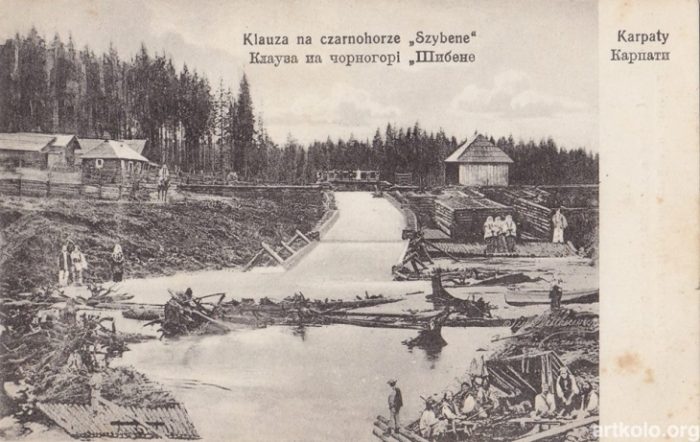
Hard Soviet temps of cutting of Carpathian forests extinguished only in the 70 years of the last century. The end of this decade accounted last page of the Carpathian forest rafting. Since then the transportation of harvested forest in the mountains are only on ground.
-
 27.02.2024
World of pysanka
Embark on a journey into the captivating world of Pysanka, the Ukrainian...
27.02.2024
World of pysanka
Embark on a journey into the captivating world of Pysanka, the Ukrainian...
-
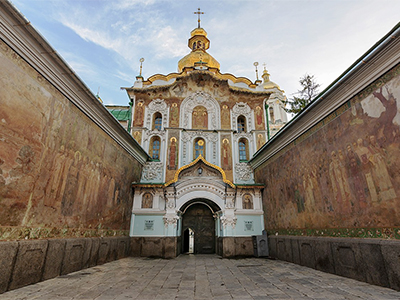 29.01.2024
Exploring the Treasures of Kyiv’s Lavra Monastery
In the heart of Kyiv lies the venerable Lavra Monastery, a testament...
29.01.2024
Exploring the Treasures of Kyiv’s Lavra Monastery
In the heart of Kyiv lies the venerable Lavra Monastery, a testament...
-
 13.01.2024
Kachanivka, Eden on Earth
Rich in history, it hosted renowned artists, notably poet Taras Shevchenko.
13.01.2024
Kachanivka, Eden on Earth
Rich in history, it hosted renowned artists, notably poet Taras Shevchenko.


